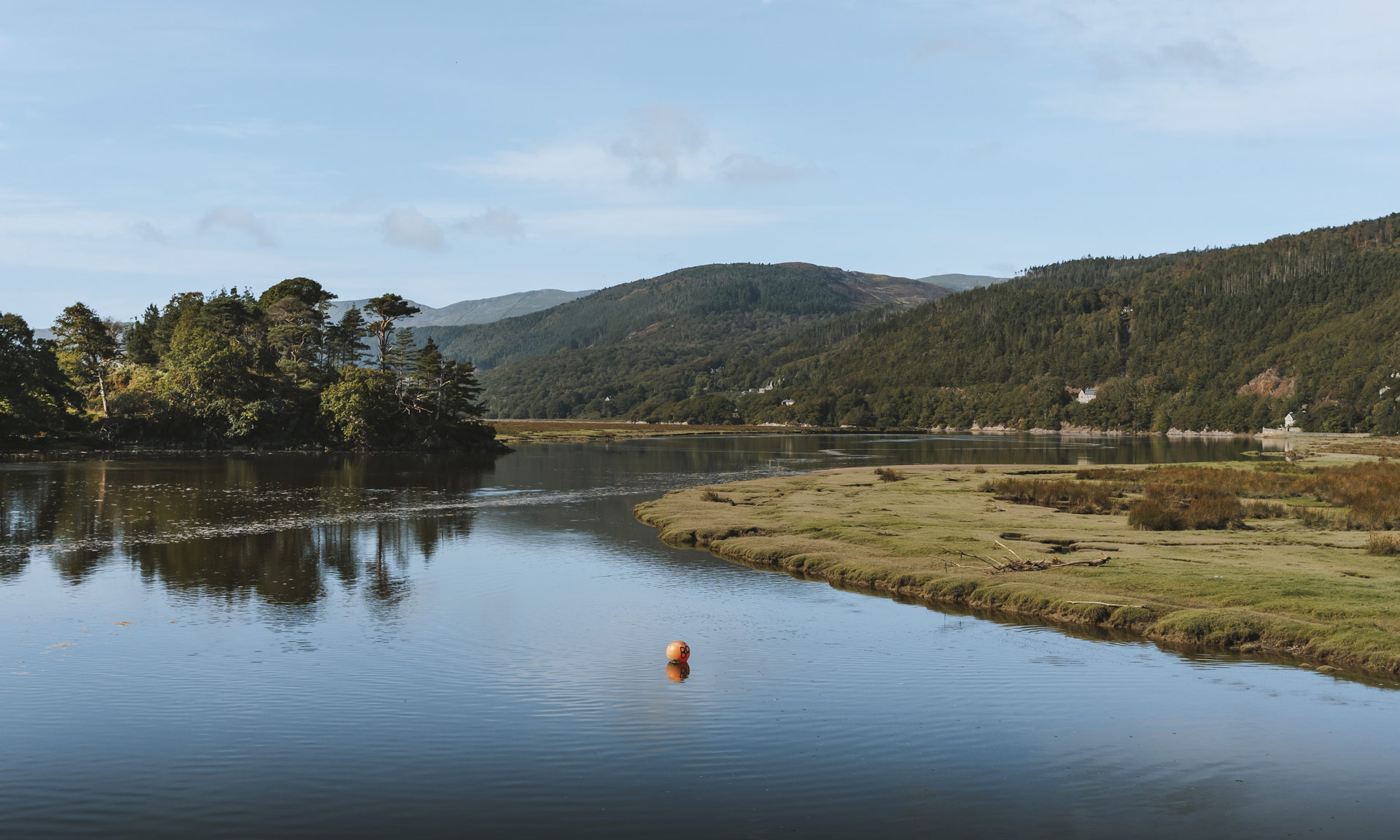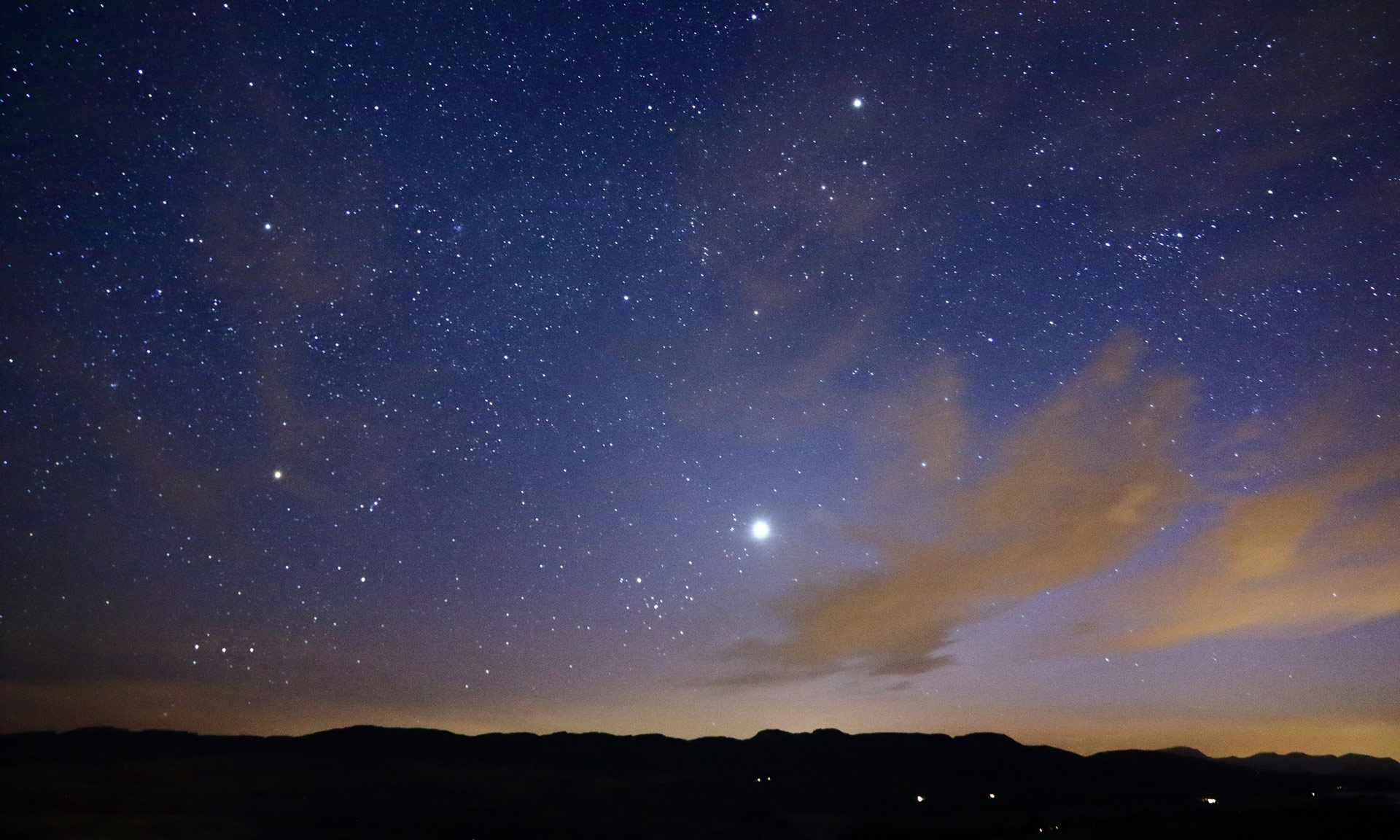The dark skies of Eryri is a vital part of the National Park.
Eryri National Park’s vast expanses of undisturbed landscape is one of its unique qualities. These landscapes see little to no light pollution allowing for truly exceptional dark skies.
What is a Dark Sky Reserve?
Dark Sky Reserves are designated areas where there is little to no light pollution and the quality of the night air is outstanding. These are prestigious designations awarded only by the International Dark Sky Association.
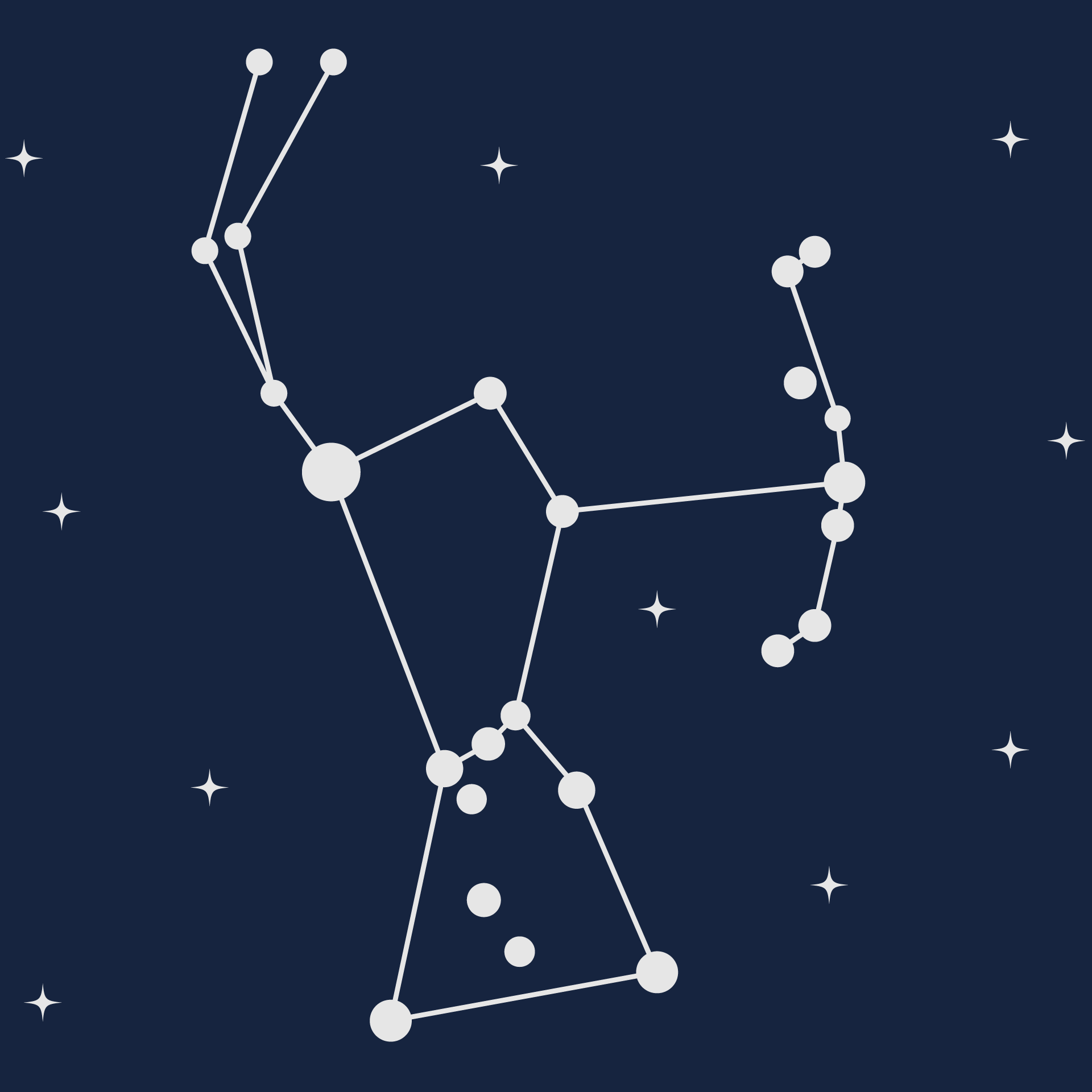

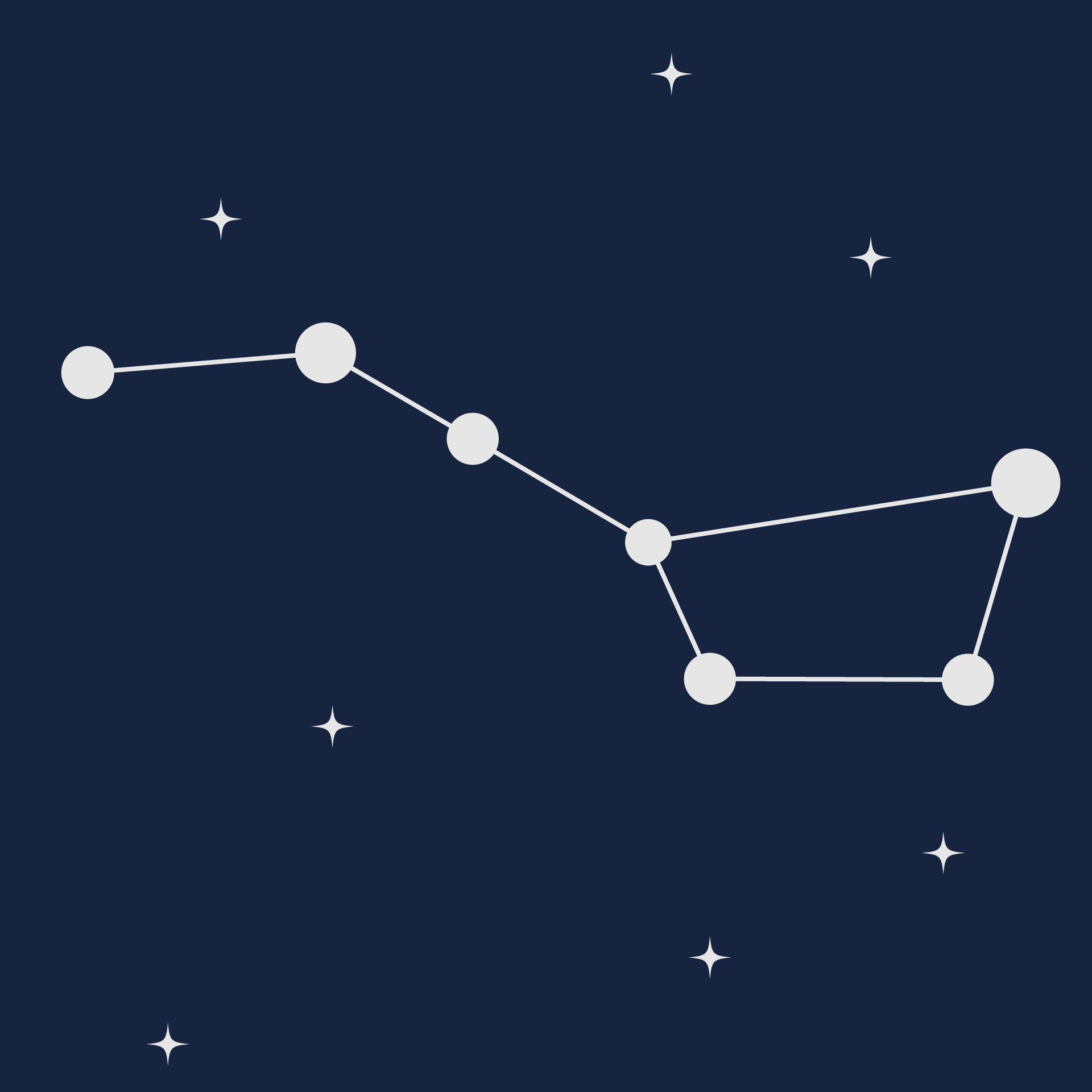
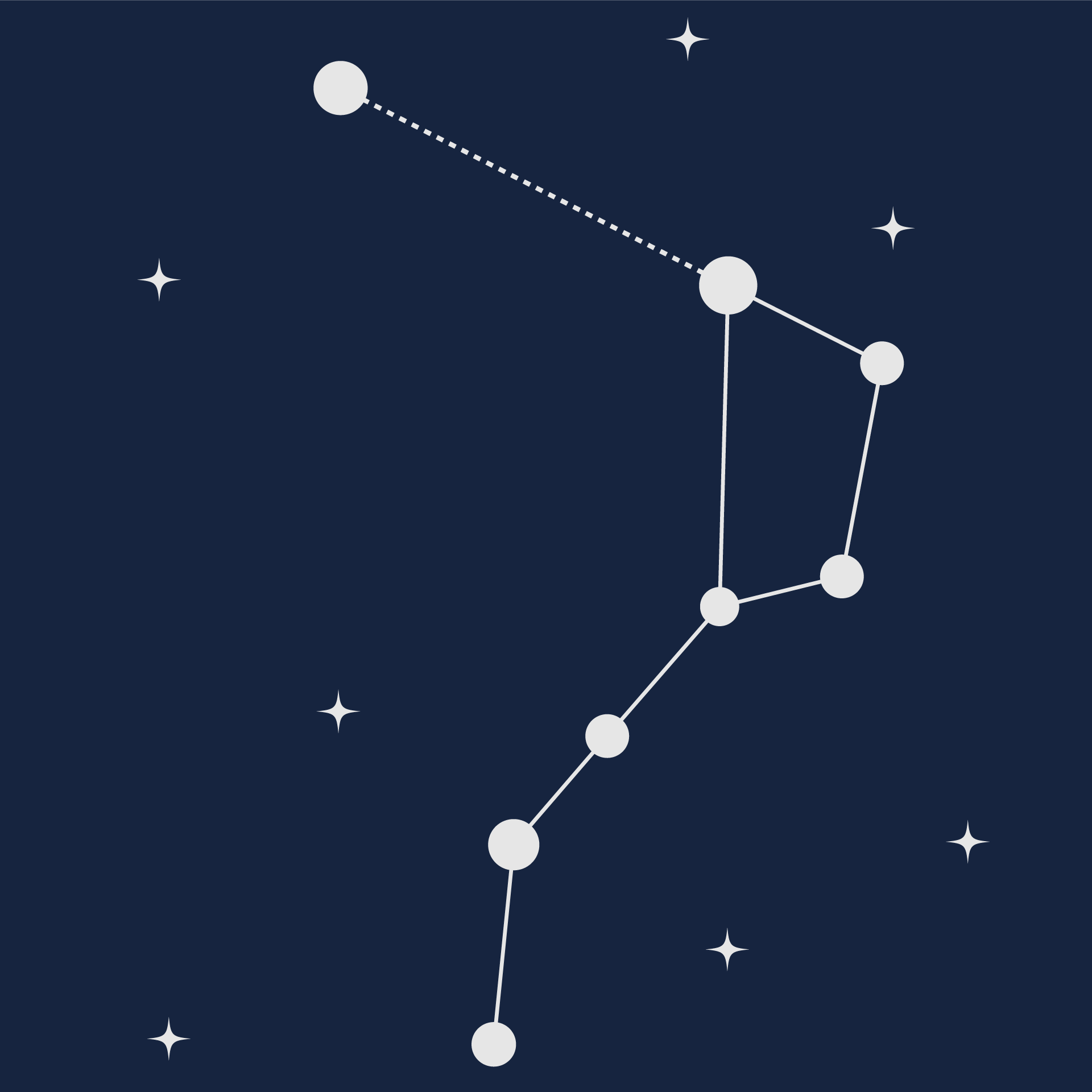
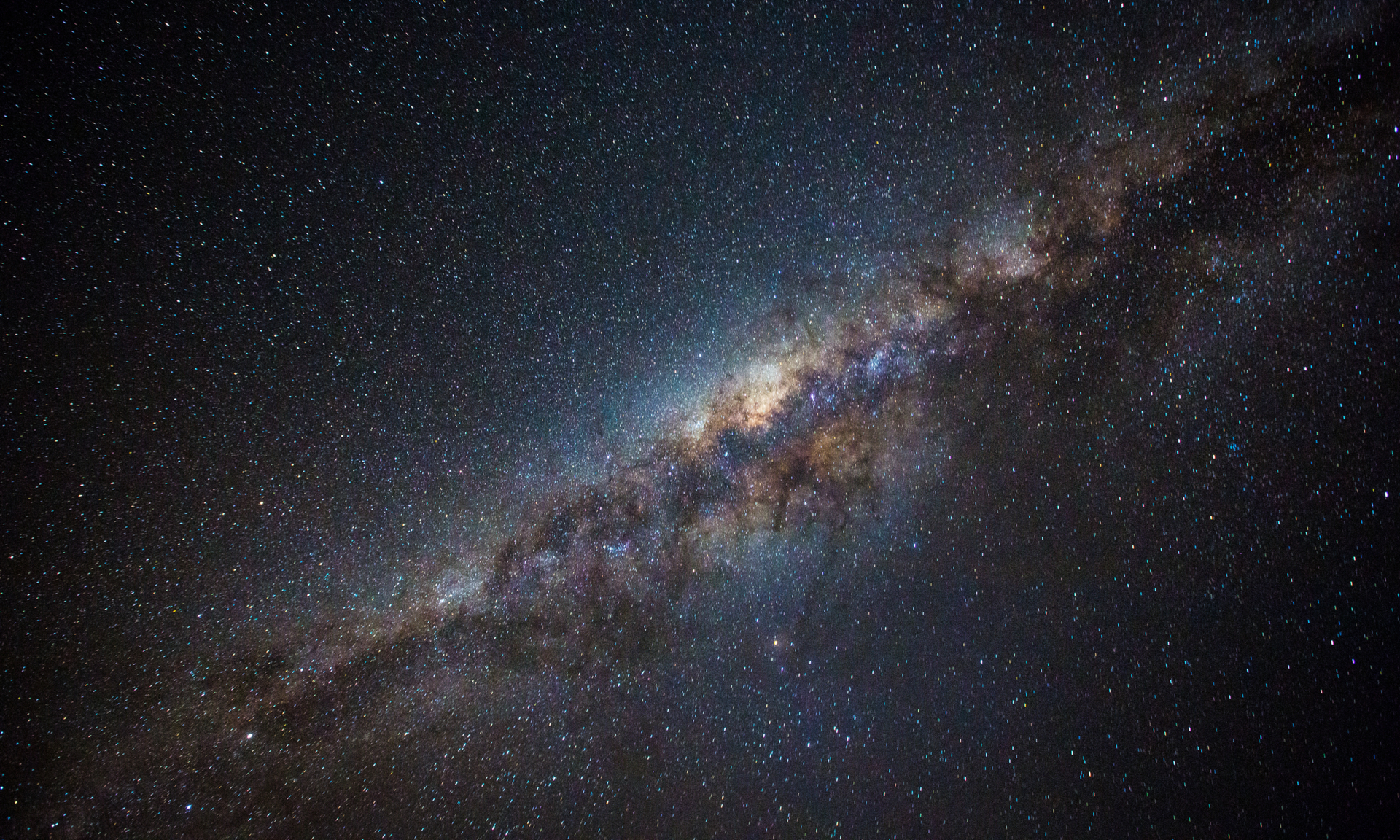
Dark Skies and wildlife
Truly dark skies, without artificial light such as street lights, is incredibly important to the National Park’s wildlife.
Bats
Bats are nocturnal mammals. They hunt and feed during the night and sleep during the day. Strong light during the night confuses some bat species that are sensitive to light. They think that night is day and to avoid being hunted, they don’t feed.
Owls
Owls prey on mice and rodents who tend to be active during darkness. Owls have incredibly sophisticated eyes that allow them to see and hunt prey in complete darkness.
Birds
Many birds use the sun, moon and stars to navigate from place to place. Artificial light can confuse them and disrupt their migrations.
